The life of a potter isn’t all squishy clay, silky soil, and feeling calm and at ease. Indeed, Amanda Heimbuch, owner of Country Girl Clay, in Glendive, is mud-caked testimony that behind every polished and impressive mug, saucer, or plate, there is a hardworking pair of hands. Fine details beautify the object, but the worn-out fingers of the maker form the finished piece.
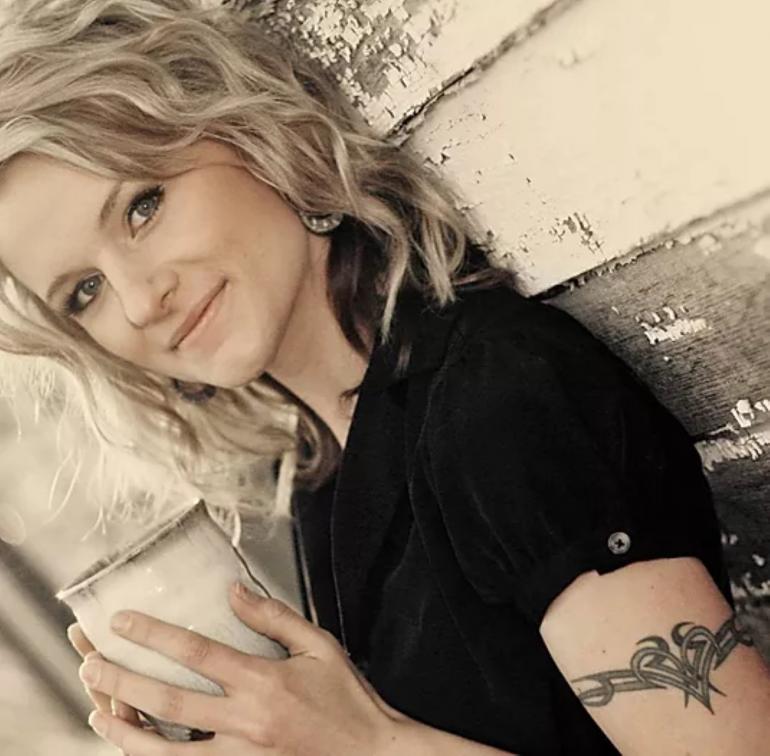
“If you don’t work hard as a potter, you are not going to survive,” says Amanda Heimbuch. “I think that there is a misconception that pottery is super relaxing. Truthfully, it’s a ton of work, with hours of standing, or hours of sitting, trimming. But you need to put in all of your effort, and not be prideful. It’s not something to do as a hobby, and you really do have to love it.”
The diverse inventory of Amanda’s sparklingly multihued glazes to be found at her studio at 211 North Merrill Ave, in Glendive, makes known the effort, intensity, and the aesthetic ambiance of the potter. But what’s not able to be seen is that Country Girl Clay is also the expression of a lasting vision.
Raised on a sugar beet and horse farm outside of Glendive, Amanda once wrote her second-grade teacher a letter expressing that her dream was to make a living at art. While in high school, Amanda was drawn to the stroke of the paintbrush, and later while she attended college in North Dakota, she studied color application and art theory and was widely exposed to pottery.
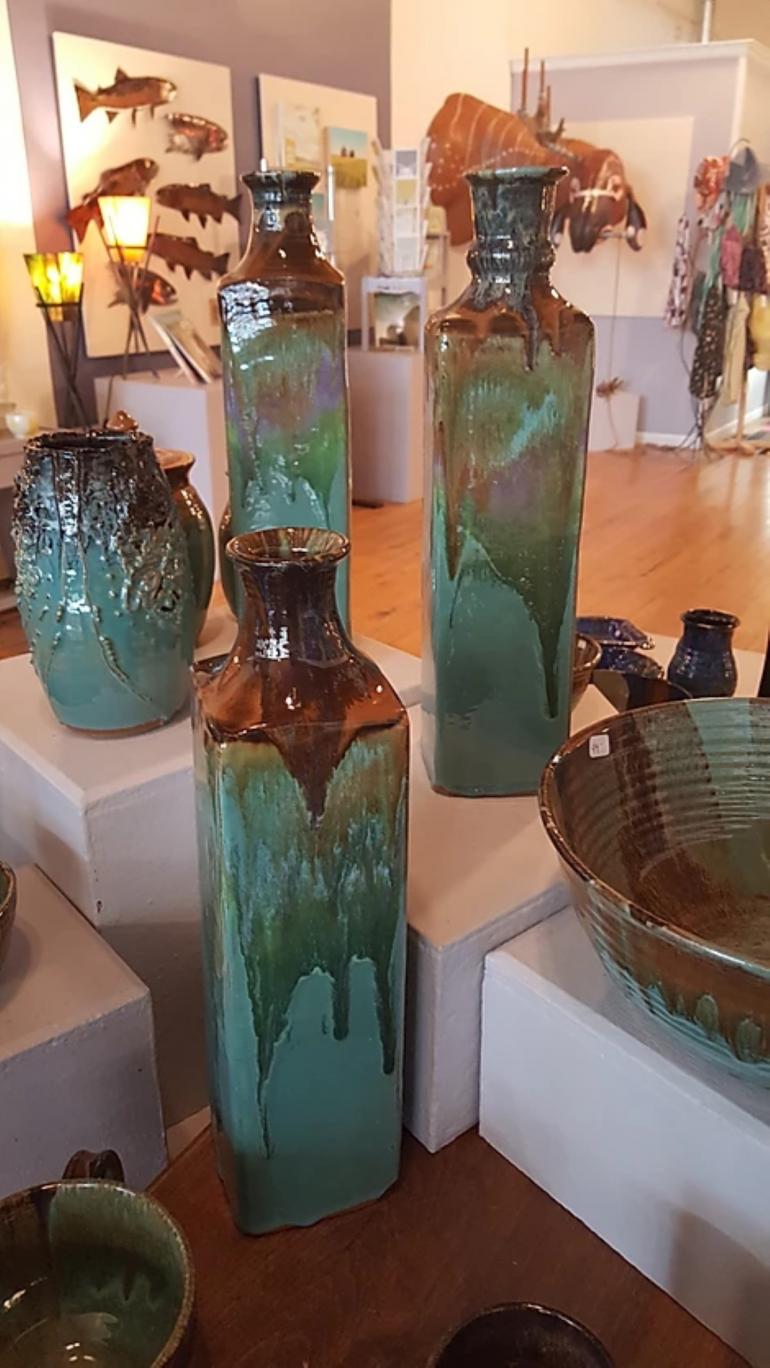
“I’ve always wanted to make things that make people happy,” says Heimbuch. “I’ve been to art school, and I’ve learned art theory, and I understand deeper purposes. But all of the time, I’ve just wanted to make stuff. I’m a maker. I’m not an art theorist. Yeah, I love the history of pottery. But I was always more interested in finding things and making things that make people happy. In college, I started paying attention to pottery. Since the second grade, I’ve wanted to spend my life making art, and I didn’t care what it was.”
She credits her knowledge of ceramics to the years that she spent working with Tama Smith, the founder of Prairie Fire Pottery, in Beach, North Dakota, in the late 2000s. From premise to conclusion, Amanda learned the balancing act of craft and business.
“Our glazing style is similar, but we work in different color palettes. She’s very good at working with glazes. Anybody can learn to make a decent pot, but I learned that if it’s an ugly color, it just doesn’t sell. Working for another small business, I fell in love with the business of pottery. Pottery is functional art and easier to sell than a $2,500 painting. Something that you could use is easier to sell on a regular, consistent basis.”
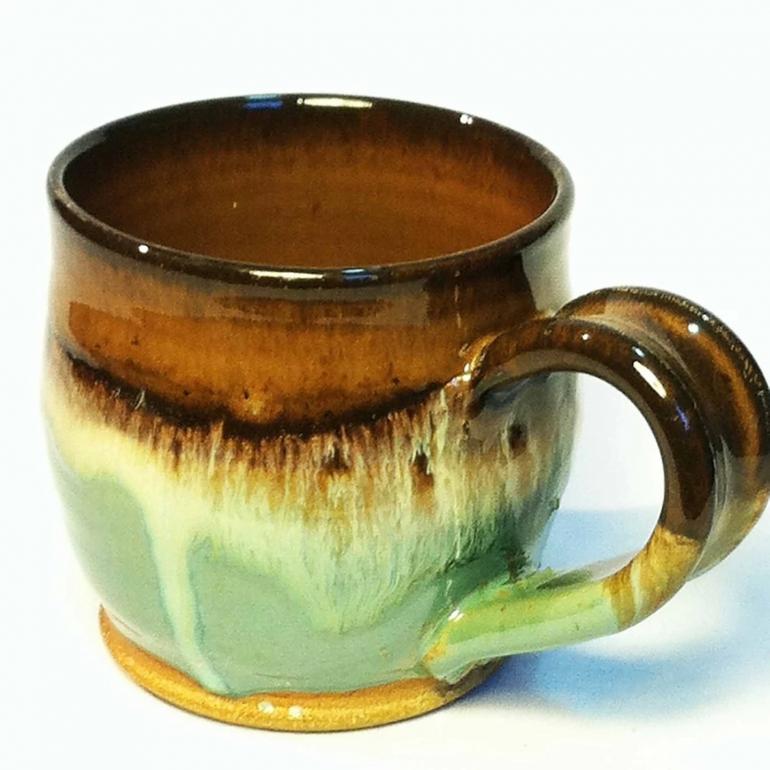
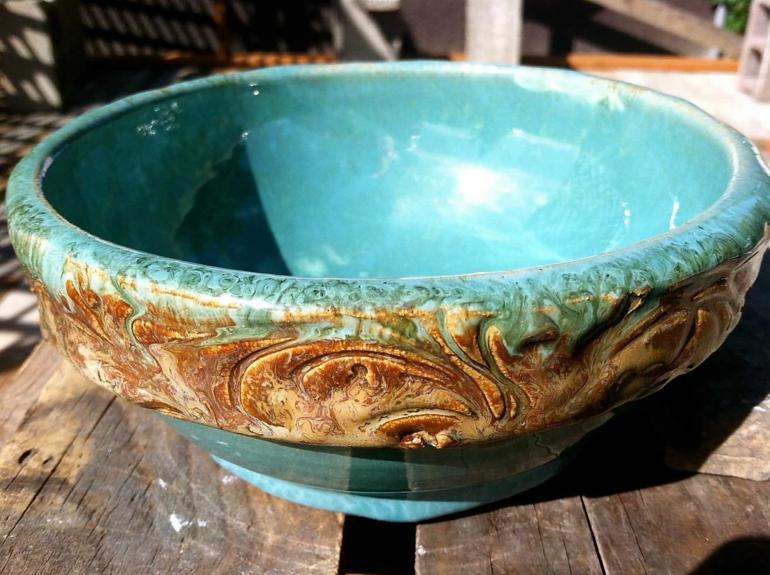
Heimbuch’s pottery is a body of work melted into near magnificence, a crossroads of serviceable and startling, practical and poetic. Color provides her with the most skillful means.
“A lot of pottery, a lot of art, is mostly brown, blue, and tan,” says Heimbuch. “That just didn’t call to me. I want to be a bright, colorful potter. I still want to bring more color into it, like my favorite color turquoise. It’s been a journey over a ten-year period, but the glazes are always evolving.”
In the beginning, she rented a small 400 square-foot retail space, but when another larger building came up for sale nearby a few years later, she swooped on the opportunity.
“There’s quite a bit of traffic in Glendive, and many people come for tourism, like the dinosaur trail, or Lewis and Clark trail. A lot of people find me now because of the shows that I’ve done, and I have a good Facebook following.”
Heimbuch has since expanded to gift shops at places such as Old Faithful Inn and Lake Yellowstone Hotel and about ten more locations around the state. One of the signature features that makes her electric kiln-fired pottery most salable is its fiery drip and run and its exuberant explosion of about 30 different glazes.
The life of a production potter could be taxing now and again – think about the replication needed to toss approximately 2,000 mugs in about six months – so Heimbuch is smart to allow a few days or more to make experimental items, like patterning a new batch of butter dishes.
“I think it’s a balance of pleasing people and not getting burned out. I work with so many color combinations, and if I’m doing, say, a dinnerware set, using 12 different colors, that could be overwhelming. On a good note, I’m backed up from two to six months.”
Heimbuch says that she is accustomed to the unpredictable spouts and droughts and booms and busts of the economy. Yet, she is feeling particularly optimistic in the teeth of the mayhem wreaked on the country by COVID-19. Perhaps people are looking for something more grounded, more substantial, more local.
“I think we are seeing another shift, where for a while, people were super excited for Walmart, where now people want unique stuff again. Even though the economy sunk in 2008 in the oil fields, overall it has been busier and busier every year, until now.”
Nonetheless, the recent news that the BNSF Railroad Company’s diesel facility in Glendive will be closing down in July could hardly be perceived as anything but ill-fated.
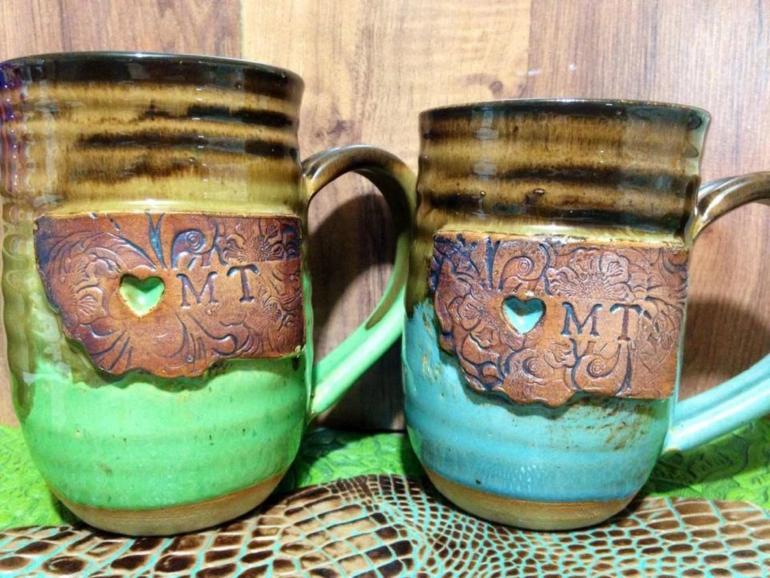
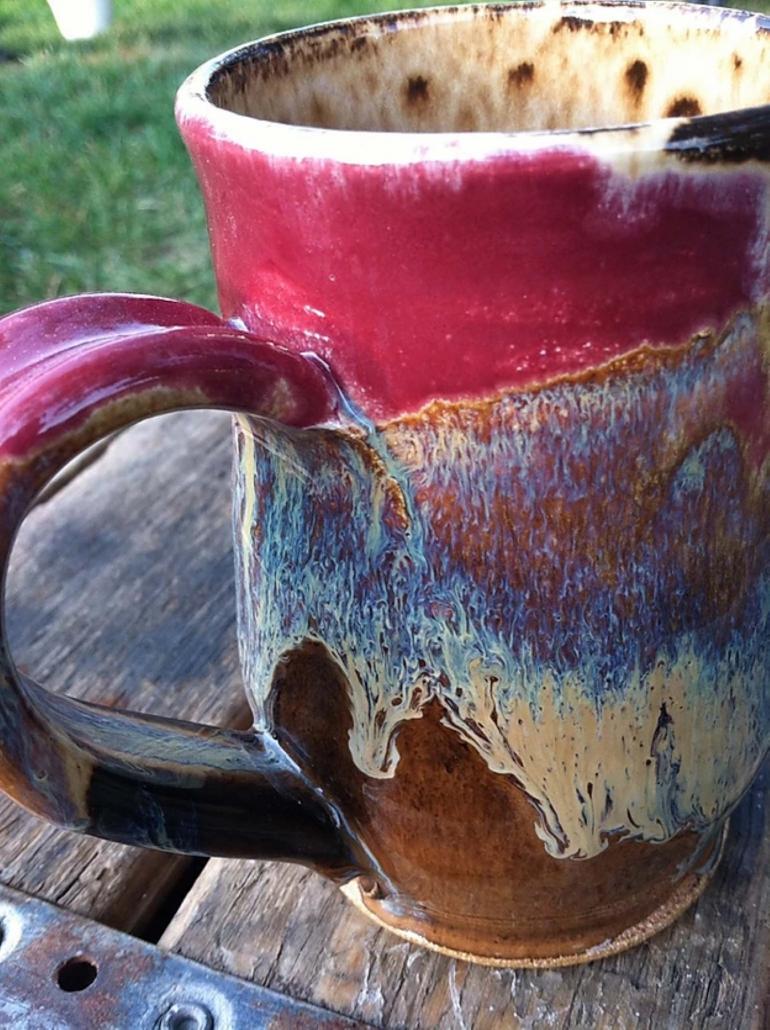
“There are a lot of families moving out or about to,” says Heimbuch. “I’ve tried to work hard enough and in a way that I’m not too tied to the economy directly here—thinking outside the box. This year, in March, we had no traffic, we had to close, so I used it as a time to put together new color groupings, and I sold everything that I posted. You need to find a way to dig in and dig deep. If you don’t work hard, you are not going to survive.”
While hard work is the obvious mandate, posterity is her secret incentive.
“When you look back at all of our history, pottery is something that might be found 500 years into the future. We archeologically date stuff by looking at pottery. Where nothing else has survived, you will still find the pottery.”
Encouraged by an increased presence online and a strong demand, and fulfilled by the tenets of slow, deliberate living, Heimbuch, 35, says that she is grateful to have built a business from the inside that happens to look spectacular from the outside.
“Yes, it’s been risky, and I took a chance with this. But I knew that I could figure out a way how to make things in the world. I love coming into work every day, and most of the time, it’s all fulfilling.”
Leave a Comment Here